In recent years, there has been a paradigm shift in mental health services, with an increasing focus on preventive measures to enhance overall well-being. Traditional models primarily addressed treatment and management, but the emergence of quaternary prevention models signals a new era in mental health care. This blog explores the development of quaternary prevention models and sheds light on the innovative Quantum Clinic model, which integrates biofeedback training in heart-brain coherence with Floatation REST and Frequency Therapy.
Understanding Quaternary Prevention
Quaternary prevention is a concept that goes beyond traditional prevention strategies. While primary prevention focuses on avoiding the occurrence of a health problem and secondary prevention aims to detect and treat conditions in their early stages, quaternary prevention concentrates on mitigating the negative effects of unnecessary or excessive interventions. In mental health, this approach emphasizes promoting well-being, resilience, and self-care to prevent the overmedicalization of mental health issues.
The Quantum Clinic Model
The Quantum Clinic model represents a groundbreaking approach to mental health service provision. This model is built on the principles of quaternary prevention and combines various therapeutic modalities to enhance mental well-being.
- Biofeedback Training in Heart-Brain Coherence: Central to the Quantum Clinic model is the incorporation of biofeedback training in heart-brain coherence. This technique involves monitoring and providing real-time feedback on physiological processes such as heart rate variability (HRV) and brainwave patterns. By fostering coherence between the heart and brain, individuals can experience improved emotional regulation, stress reduction, and enhanced cognitive function.
- Floatation REST (Restricted Environmental Stimulation Therapy): Floatation REST involves immersing individuals in a sensory-deprived environment, typically in a flotation tank filled with saltwater. This therapy encourages deep relaxation, sensory isolation, and a meditative state. The combination of buoyancy and absence of external stimuli promotes mental clarity, stress reduction, and a heightened sense of well-being.
- Frequency Therapy: Frequency therapy, also known as vibrational medicine, involves the use of specific frequencies to influence biological processes and promote healing. In the Quantum Clinic model, frequency therapy is tailored to target areas such as stress reduction, relaxation, energetic activation, and emotional processing.
Benefits of the Quantum Clinic Model
- Holistic Well-Being: By integrating multiple therapeutic approaches, the Quantum Clinic model addresses mental health from a holistic perspective, considering the interconnectedness of mind, body, and spirit.
- Reduced Reliance on Medication: Quaternary prevention models aim to minimize unnecessary medical interventions, and the Quantum Clinic model aligns with this goal by providing alternative, non-pharmacological interventions for mental health enhancement.
- Person-Centered Care: The Quantum Clinic model recognizes the uniqueness of each individual, offering a person-centered approach to the specific needs of our clients.
The development of quaternary prevention models in mental health services represents a significant shift toward proactive and holistic approaches to well-being. The Quantum Clinic model, with its innovative combination of biofeedback training in heart-brain coherence, Floatation REST, and Frequency Therapy, exemplifies the potential of these models to revolutionize mental health care. As we continue to explore and refine preventive strategies, the Quantum Clinic model stands as a beacon of hope for individuals seeking a comprehensive and transformative approach to mental well-being.

